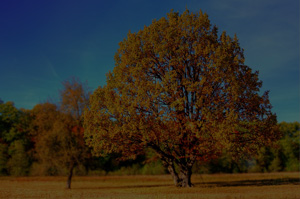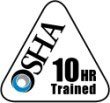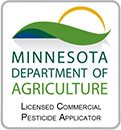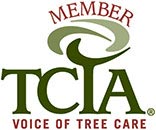As the days grow shorter and cooler, the leaves of deciduous trees and shrubs will begin to fall as trees prepare for winter.
Though it may be tempting to just leave the foliage in your yard for the winter, it needs to be cleaned up if you want a healthy lawn come spring. Leaving fallen leaves on your lawn prevents the sun from reaching the grass and can result in mold, bacteria, pests, and weed seeds.
We suggest waiting to clean up your yard until most of the leaves have fallen; otherwise, you’ll have to do it multiple times throughout the season.
Mulch the leaves with a lawn mower
Instead of raking all the leaves in your yard, turn them into mulch. This will take much less time and leaves make for excellent mulch. A spread of mulched leaves over a perennial bed provides insulation and improves soil quality as it decomposes.
If leaves are small, rake them directly onto planting beds. For large leaves, chop them with a mulching mower first. A mulching mower shreds leaves into tiny flakes that settle into the grass and decompose into natural fertilizer. You might have to go over some areas two or three times to completely chop up the leaves. If your lawn mower doesn’t have a mulching function, adjust the blades to the highest setting and mow right over the leaves. The best time to mow over leaves is when they are damp from the morning dew. This will prevent them from blowing around too much.
Like any mulch, you don't want to pile leaves directly against shrub or tree trunks. Instead arrange them around stems like a donut, leaving some space around stems for airflow.
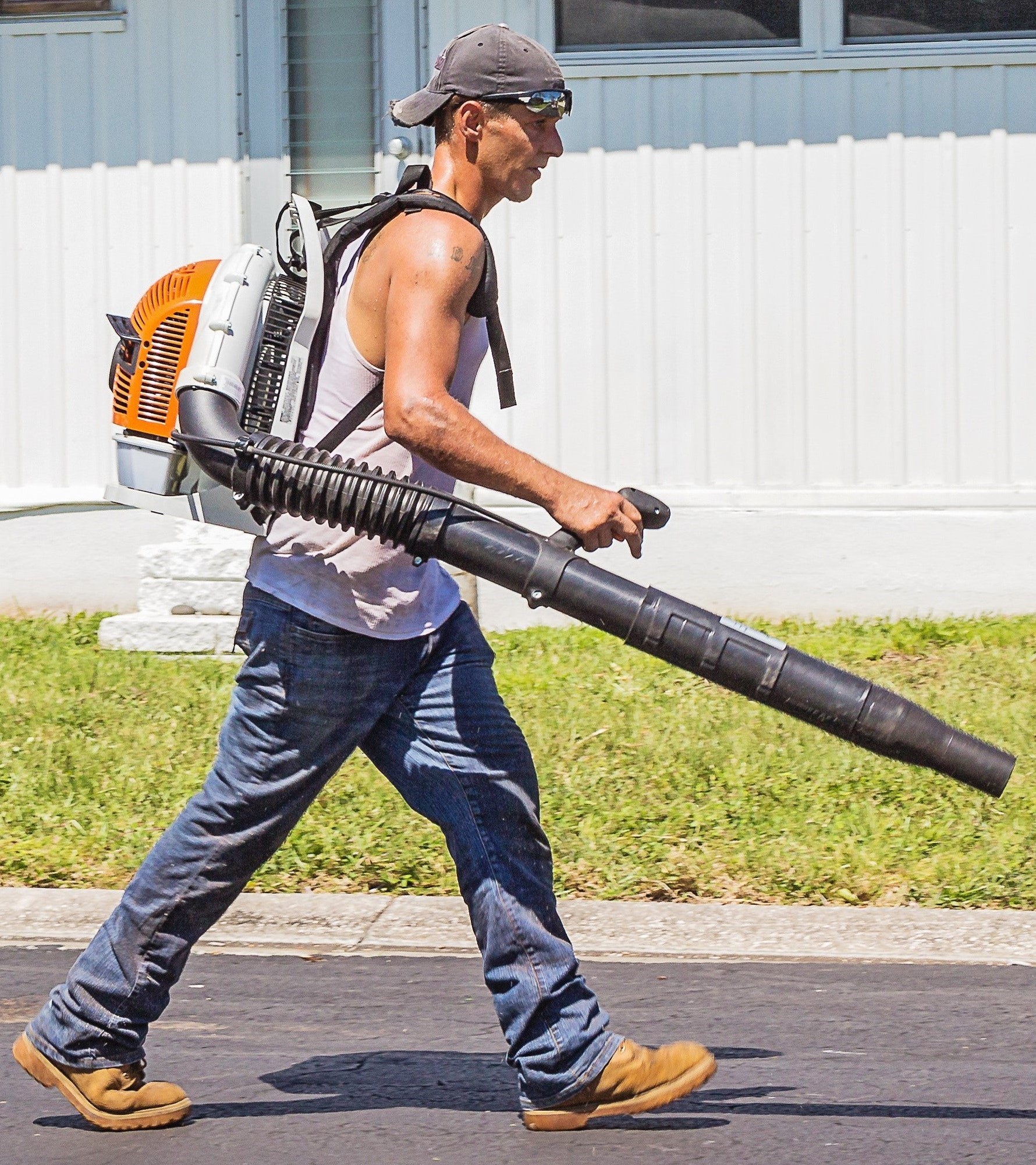 Blow the leaves onto a tarp for easy disposal
Blow the leaves onto a tarp for easy disposal
A leaf blower is your best tool for moving leaves off walks, driveways, decks and large yards. Consider putting a large tarp on the ground and blowing the leaves onto it. The tarp can then be dragged to the disposal area. Otherwise, blow them onto a lawn area where you can chop them with a mower or into planting beds for mulch.
Vacuum around hard-to-rake areas
A leaf vacuum allows you to suck up leaves, twigs, and other debris into a bag, and then grind it up for mulch or compost. A leaf vacuum is a great alternative to a rake in hard-to-rake areas, such as around shrubs or in flower beds. Some leaf blowers also have vacuum functions that will mince the leaves
Use leaves as a compost material
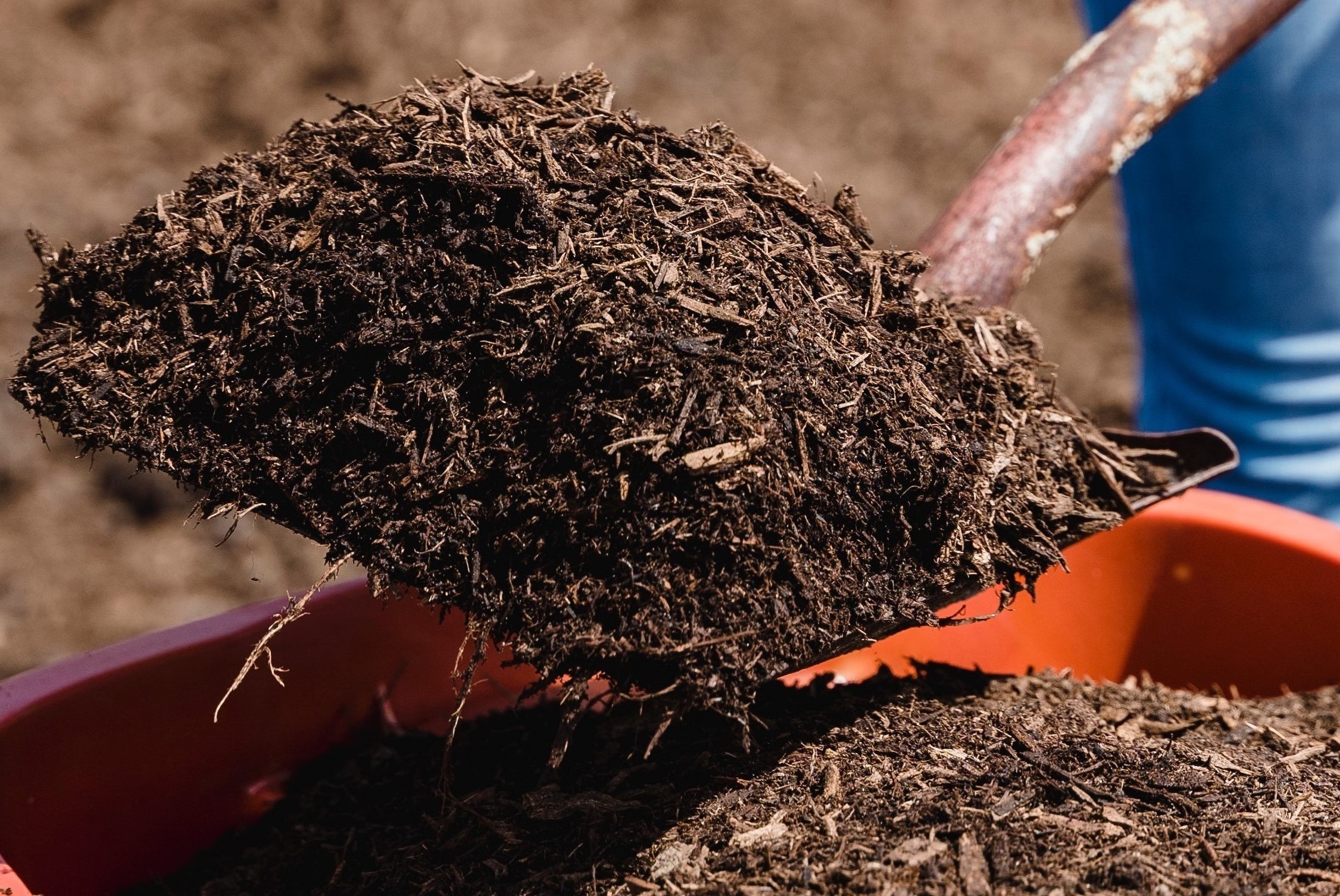 Leaves are also great for the compost bin. Mixing leaves with other lawn matter can produce a nitrogen-rich organic matter that is great for vegetable gardens, trees, and shrubs. Organic matter helps with soil aeration, moisture retention and even fighting disease.
Leaves are also great for the compost bin. Mixing leaves with other lawn matter can produce a nitrogen-rich organic matter that is great for vegetable gardens, trees, and shrubs. Organic matter helps with soil aeration, moisture retention and even fighting disease.
If you have a compost pile, add fallen leaves to the heap, where they count as carbon-rich brown matter that provides food for the microorganisms turning the green matter into nitrogen and other plant-boosting nutrients.
When making compost, leaves break down at different rates depending on how thick they are. Thick leaves may take up to two years to break down completely, while thinner leaves can rot over winter. To speed up the process, chop leaves before adding them to your compost pile.
Consider recycling your leaves or offering them to neighbors if you aren’t using them as mulch or compost. You can also contact your local county or township to see if they will remove and compost your leaves at a municipal facility for redistribution in the community.
